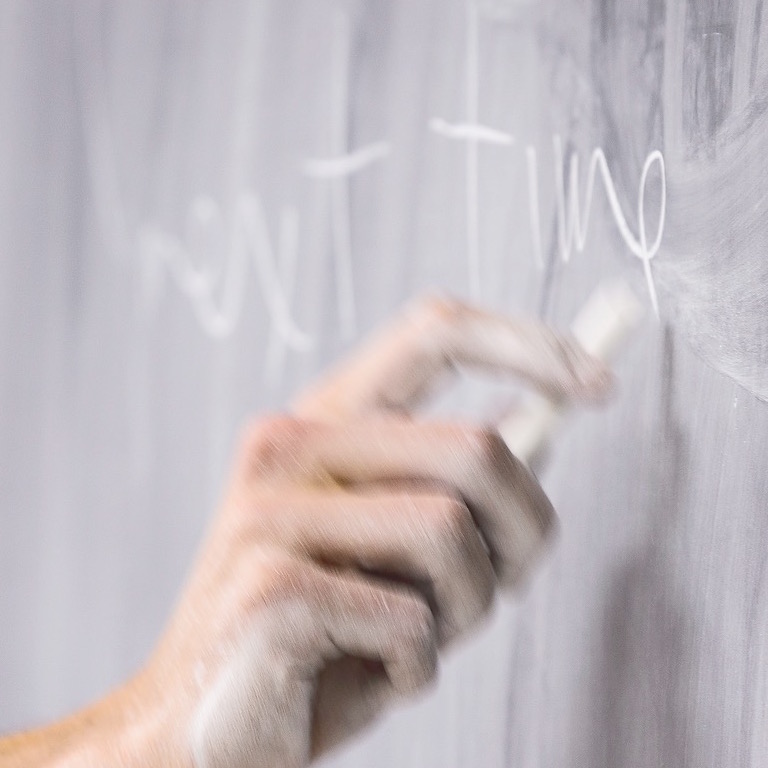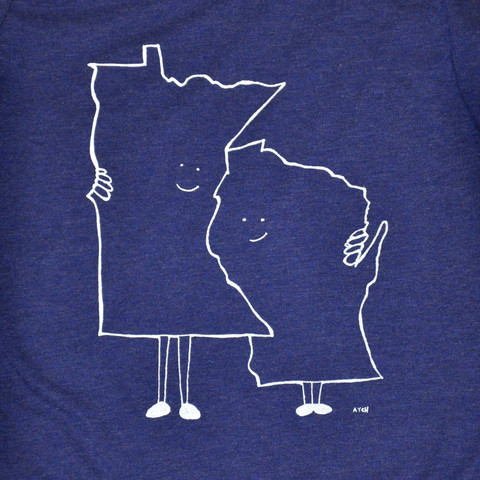Nov 4-5, 2016, Madison, WI
Our next meeting is November 4-5, 2016, at the University of Wisconsin in Madison, WI. Below you'll find a schedule, titles and abstracts, and more, as they become available.
Speakers
- Joel Lewis (Minnesota)
- Diane Maclagan (Warwick)
- Lukas Katthaen (Frankfurt)
- Eric Ramos (Wisconsin)
- Anthony Várilly-Alvarado (Rice)
- Apologies to the participants who were looking forward to seeing Bhargav Bhatt (Michigan) speak. Unfortunately, he had to cancel.
Registration
Please register for the upcoming meeting here.
Funding?
We encourage graduate students and postdocs to apply for funding as you register by October 17, 2016.
Schedule
- Friday:
- 2:30-3:20: Lukas Katthaen. "Finding binomials in polynomial ideals" (B305 Van Vleck).
- 7:00-9:00: Happy hour at The Side Door.
- Saturday:
- 8:45-9:30: Bagels and coffee (911 Van Vleck).
- 9:30-10:20: Diane Maclagan. "Tropical Schemes" (B239 Van Vleck).
- 10:30-11:00: Bagels and coffee (911 Van Vleck).
- 11:00-11:50: Eric Ramos. "Stability phenomena in the homology of tree braid groups" (B239 Van Vleck).
- 12:00-1:15: Lunch (911 Van Vleck).
- 1:15-2:05: Anthony Várilly-Alvarado. "Level structures, abelian varieties, and Brauer groups of K3 surfaces" (B239 Van Vleck).
- 2:15-2:45: Coffee break (911 Van Vleck).
- 2:45-3:15: Discussion (911 Van Vleck).
- 3:25-4:15: Joel Lewis. "Circuits and Hurwitz action in finite root systems" (B239 Van Vleck).
- 5:30-7:30: BBQ at Daniel's House (2115 Madison St).
Titles and Abstracts
Circuits and Hurwitz action in finite root systems
by Joel Lewis
(Minnesota)
It was shown by Bessis that the Hurwitz action is transitive
on minimum-length factorizations of a Coxeter element in a
finite Coxeter group. In this talk, we extend Bessis's result
to longer factorizations, showing that two factorizations of a
Coxeter element into an arbitrary number of reflections lie in
the same orbit under the Hurwitz action if and only if they use
the same multiset of conjugacy classes. The proof makes use of
a surprising lemma, proven by classifying the minimal linear
dependences (matroid circuits) in finite root systems: a set of
roots forming a minimal linear dependence with positive
coefficients always has a disconnected graph of pairwise
acuteness.
Finding binomials in polynomial ideals
by Lukas
Katthaen (Frankfurt)
In this talk, I will present an algorithm which, for a given
ideal J in the polynomial ring, decides whether J contains a
binomial, i.e., a polynomial having only two terms. For this, we
use ideas from tropical geometry to reduce the problem to the
Artinian case, and then use an algorithm from number
theory. This is joint work with Anders Jensen and Thomas Kahle.
Tropical Schemes
by Diane
Maclagan
Tropical geometry allows varieties, and their compatifications
and degenerations, to be studied using combinatorial and
polyhedral techniques. While this idea has proved surprisingly
effective over the last decade, it has so far been restricted to
the study of varieties and algebraic cycles. I will discuss
joint work with Felipe Rincon that gives a definition for of a
subscheme of a tropical toric variety. This builds on work of
Jeff and Noah Giansiracusa on tropicalizing subschemes.
Stability phenomena in the homology of tree braid groups
by Eric Ramos
(Wisconsin)
For a tree G, we study the changing behaviors in the homology
groups H_i(B_nG) as n varies, where B_nG := pi_1(UConf_n(G)). We
prove that the ranks of these homologies can be described by a
single polynomial for all n. To accomplish this, we prove that
the group \bigoplus_n H_i(B_nG) can be endowed with the
structure of a finitely generated graded module over an integral
polynomial ring, and further prove that it naturally decomposes
as a direct sum of graded shifts of squarefree monomial
ideals. Following this, we spend time considering how our
methods might be generalized to braid groups of arbitrary
graphs, and make various conjectures in this direction.
Level structures, abelian varieties, and Brauer groups of K3 surfaces
by Anthony
Várilly-Alvarado (Rice)
In 1922, Mordell showed that the set of rational points on an
elliptic curve over Q has the structure of a finitely generated
abelian group. Surprisingly, there are only 15 possibilities
for the torsion part of this group; this is a spectacular result
of Mazur from 1977. In this talk I will discuss some
higher-dimensional generalizations of results along Mazur's
theorem, including recent joint work with Dan Abramovich on
abelian varieties, and work with Bianca Viray for K3 surfaces,
where I will argue that a suitable analogue of the group of
rational points is the Brauer group.


